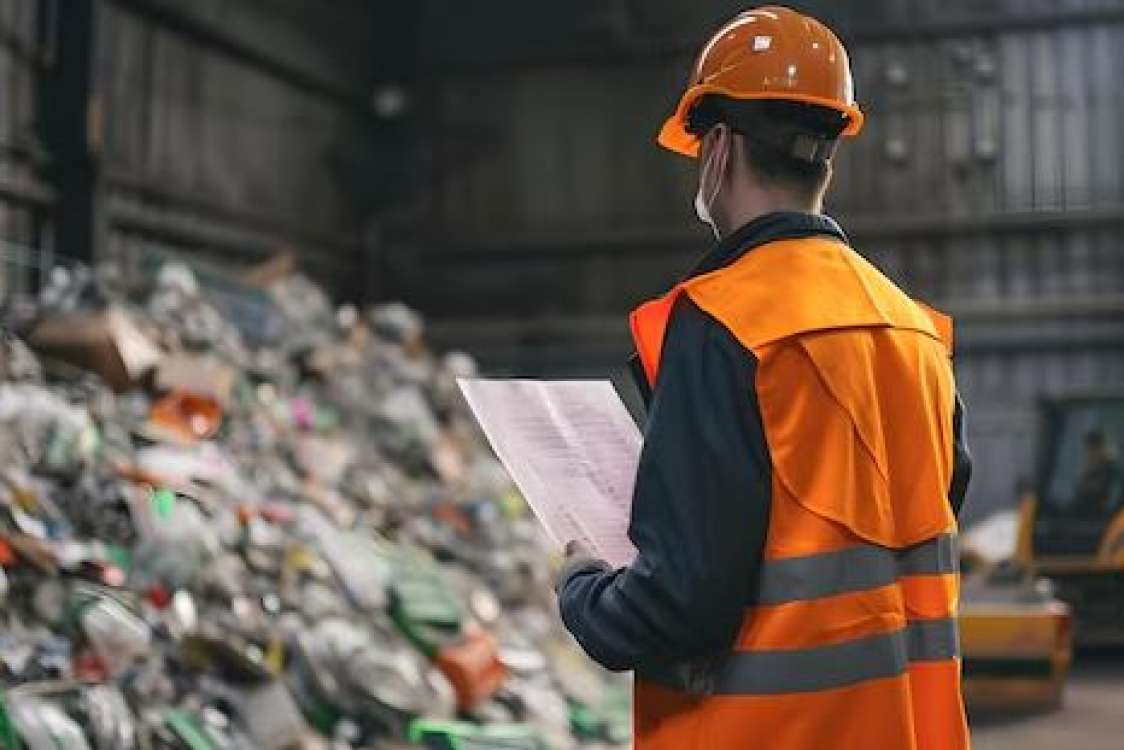

 23
23
The impact of industrial and construction waste on the environment is significant. Construction generates waste, and this waste has a substantial environmental impact compared to other types of waste. Lands contaminated with construction and industrial waste remain unsuitable for processing indefinitely.
Construction waste refers is the separation, processing, and disposal of non-recyclable waste. It's important to note that this waste should not be removed from the construction area and has specific storage requirements. It should never be stored on bare soil and needs to be relocated as soon as possible. If the waste becomes mixed with soil, it should be separated and the area needs to be rehabilitated.
However, the current methods for waste recycling are not considered effective. The key question is: why is waste recycling not efficient?
First and foremost, all materials used in construction must be produced in an environmentally safe manner. They should be easy to recycle or made from recyclable materials. Additionally, the use of highly toxic chemical compounds in the production of construction materials should be minimized or replaced with products that do not harm the soil, air, and vegetation. Currently, many building materials are considered non-recyclable or not economically viable to recycle.
The fast-growing construction industry has a strong impact on land cover, and therefore, construction materials must meet the above-mentioned requirements during manufacturing to reduce and prevent environmental pollution from construction waste.
It's also important to consider factors beyond just environmental requirements, such as seismology. An environmentally friendly product may not be solid or resistant to certain conditions. Despite such demands, achieving a balance where ecological benefits are not reduced is crucial. Construction waste must be recycled before it ends up on the ground.
In cases where industrial and construction products contaminate the soil cover, the contaminated sites should not be used. Crops should not be planted in these areas, and plants grown in these areas should not be used for livestock. However, growing plants in these areas can help regenerate the land and the plants can be used as fuel or for other purposes, excluding use in livestock.
Addressing the impact of industrial and construction waste on the environment is essential. Taking action to prevent pollution and contamination is crucial for our long-term well-being.
Allamyrat Gapurov
Turkmen State University named after Magtymguly
2nd year student of ecology
 4056
4056
 3233
3233
 3048
3048
 35
35
 22
22
 43
43
 54
54




 251
251

 183
183

 253
253

 265
265
